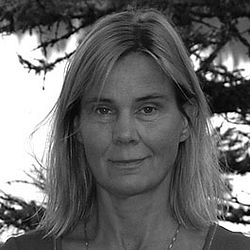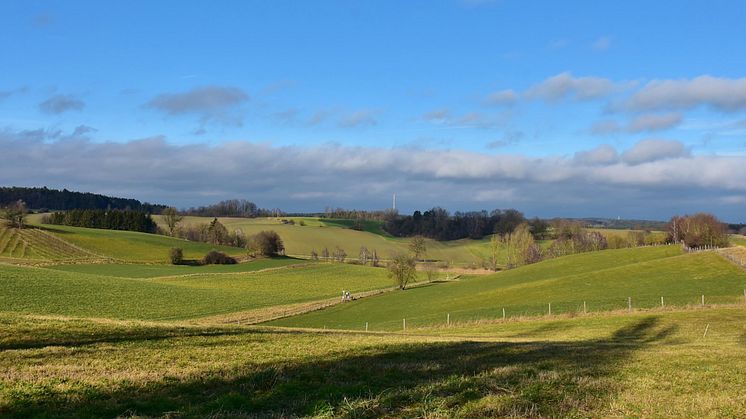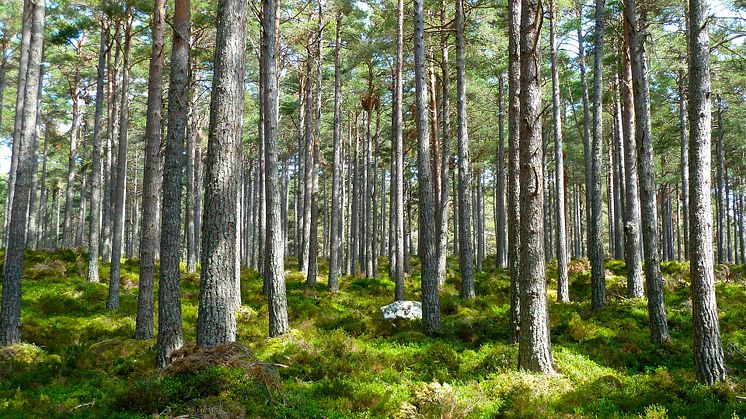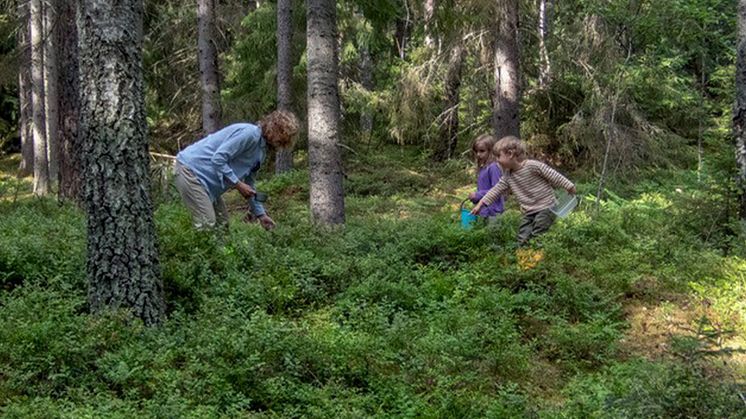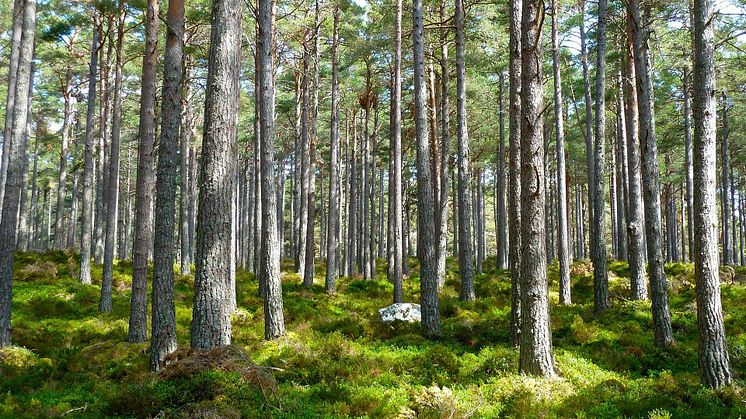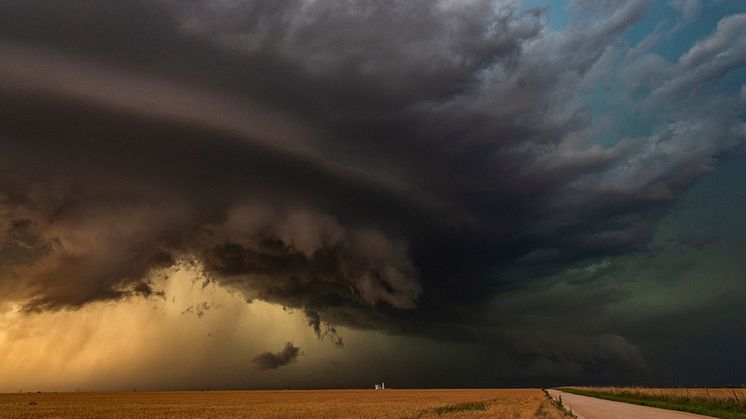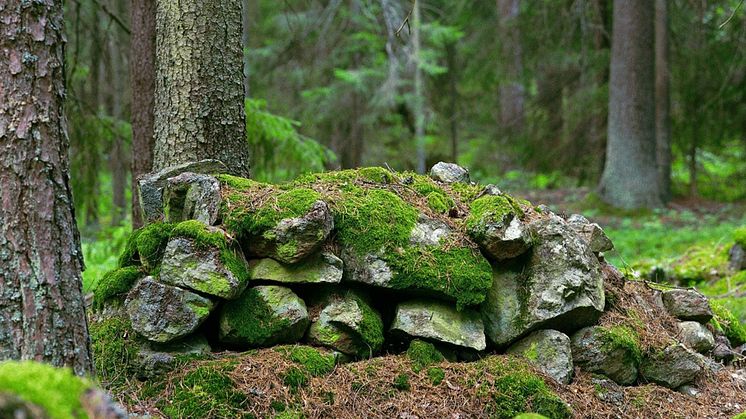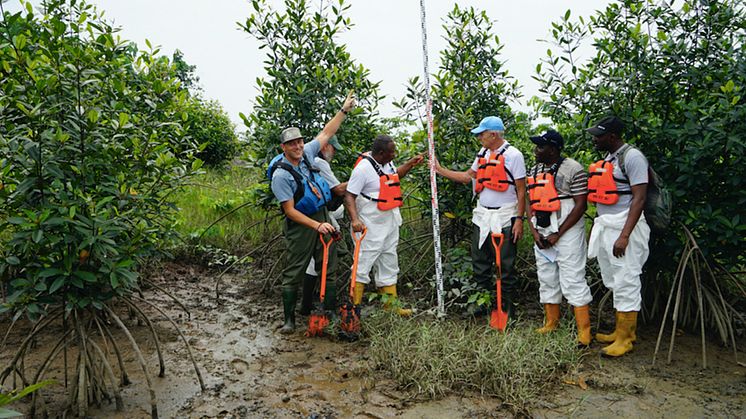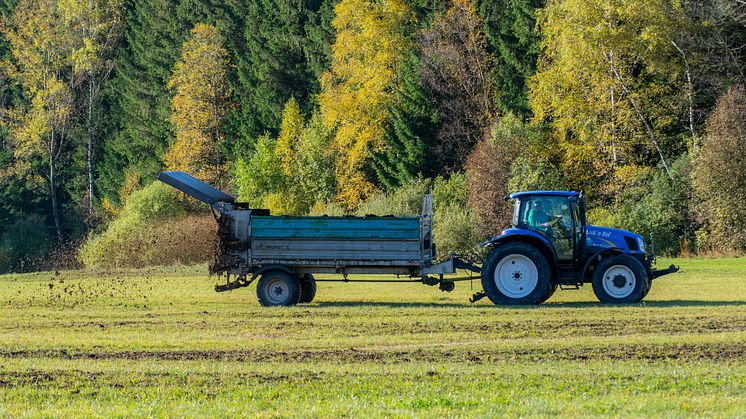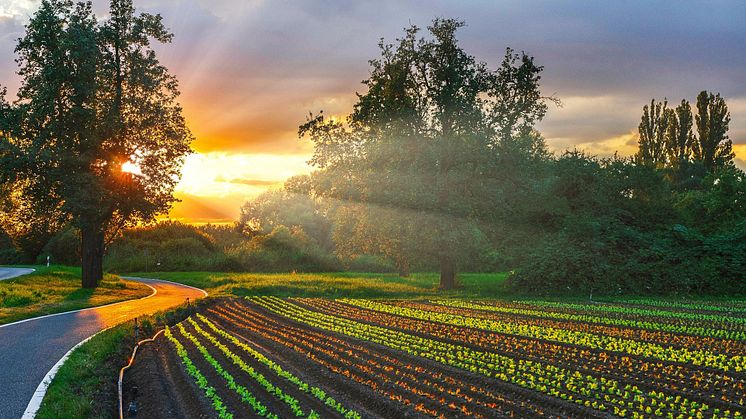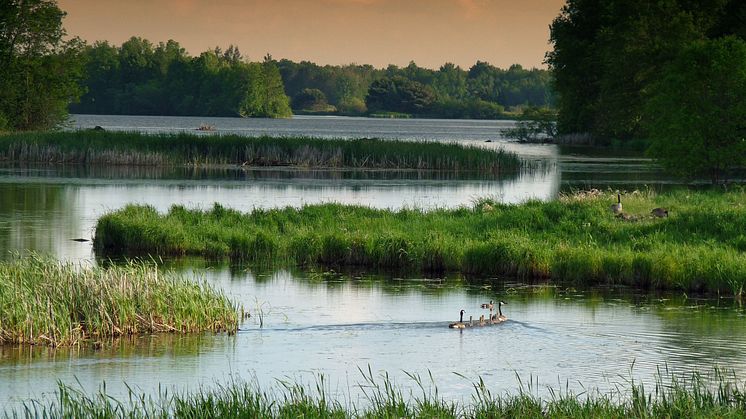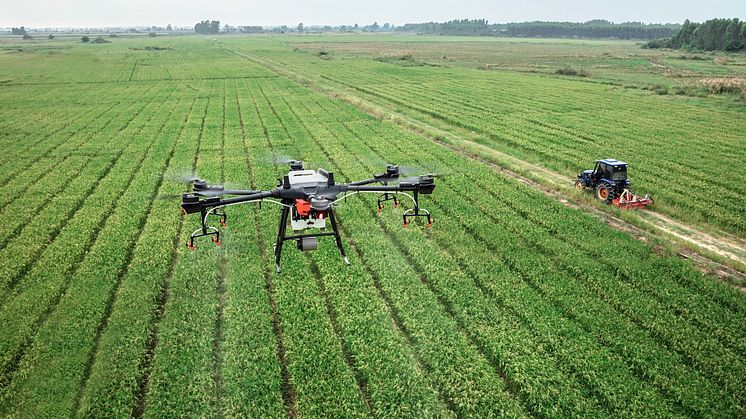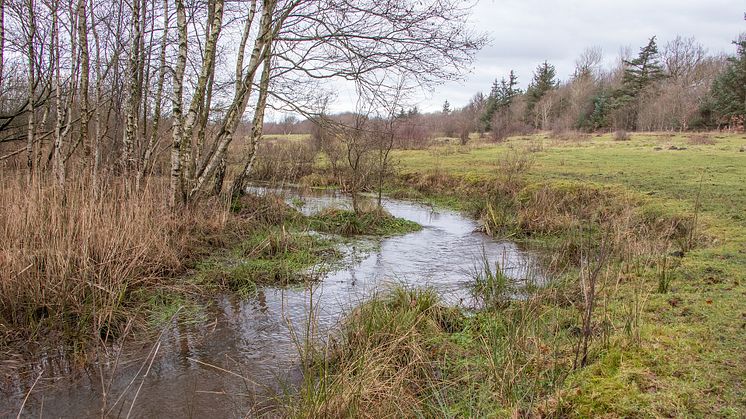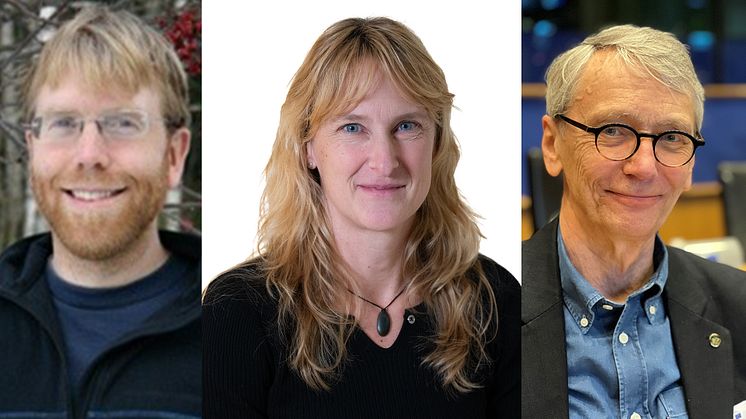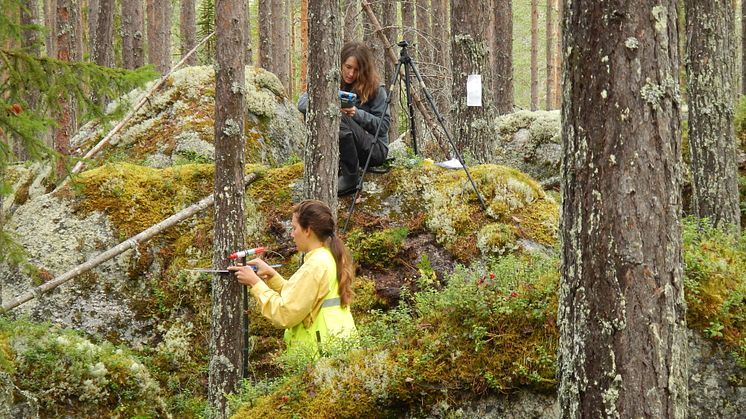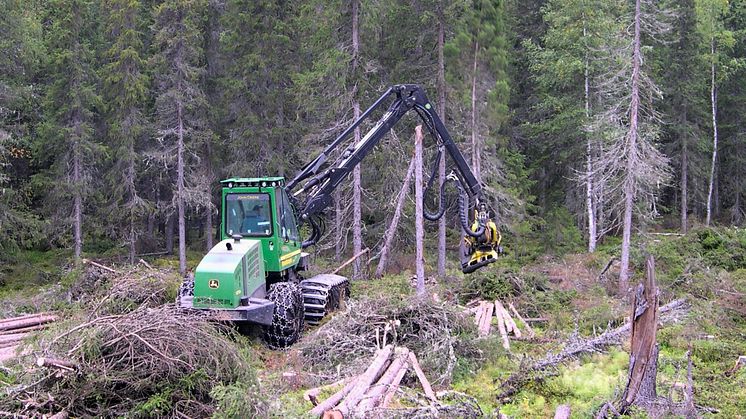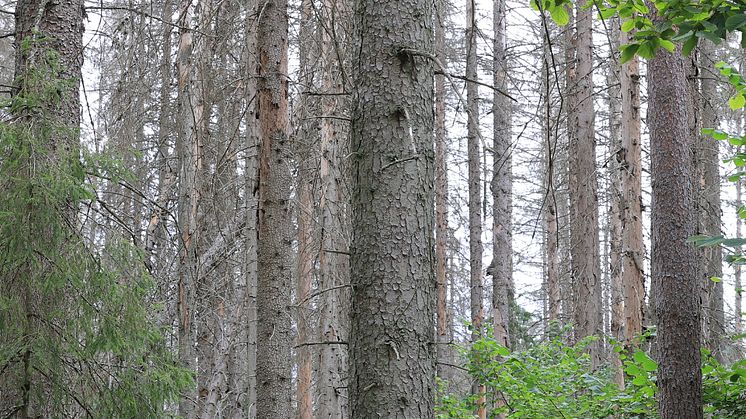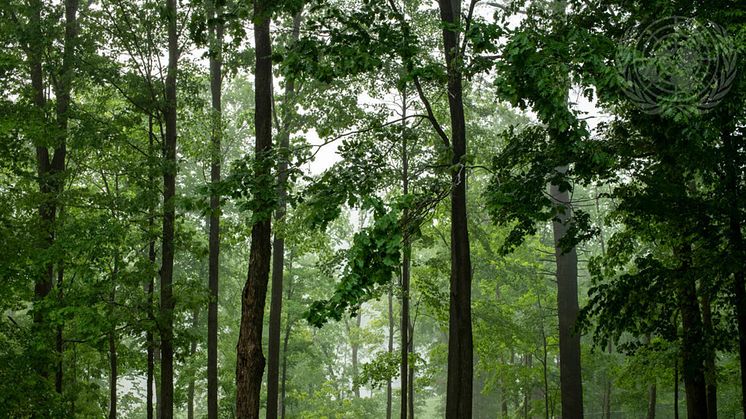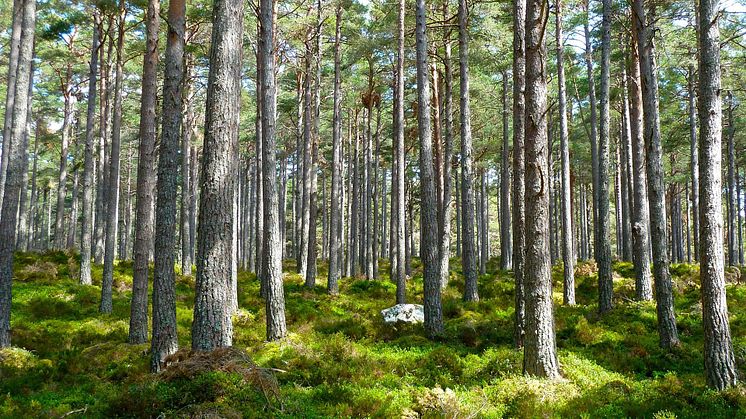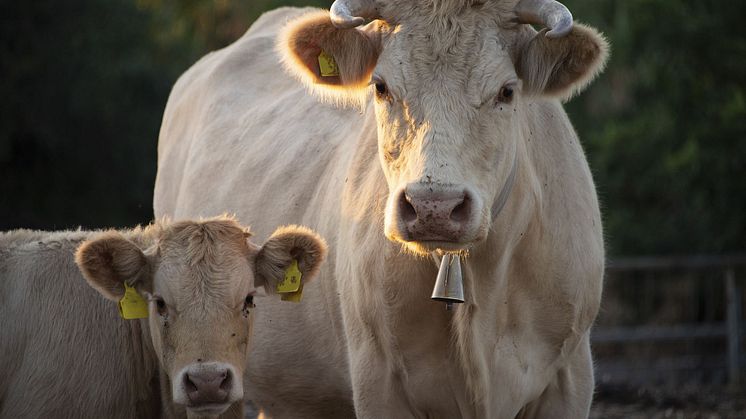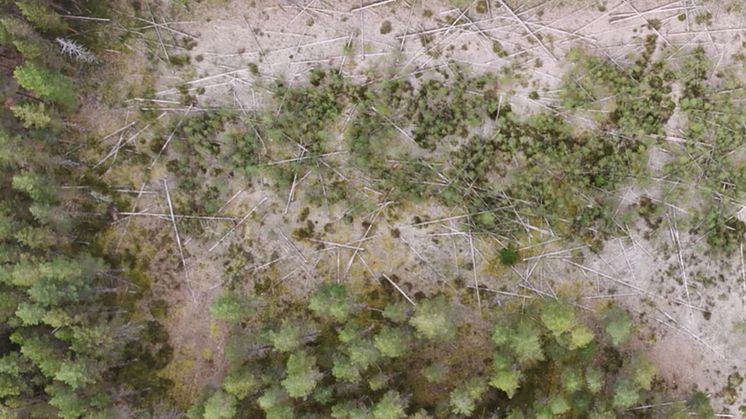
Nyhet -
2024-11-12 Seminar: Spatial Ecology of Rotational and Continuous Cover Forestry in Boreal Landscapes
Boreal forests are shaped by chronic processes with both small and large disturbances and calamities. Competition between trees and with understory shape the boreal forests over decades and centuries, while major events (storms, insect outbreaks and fires) create patches with legacies that last decades or centuries.
The large calamities, typically > 1000 ha, sometimes > 100.000 ha, dominates the disturbances in the landscape in area. In number small disturbances dominate, but the area of those is much smaller. Forest structures and functions are not uniform within patches, so spatial variation at scales far smaller than the average patch are important for species of trees, other plants, fungi and animals.
Professor Dan Binkley, former Wallenberg Professor, will present a new study on spatial ecology in boreal landscapes. Professor Binkley and the panel will enlighten the heading from different perspectives:
- Large landscapes managed for patch sizes of only 1–10 ha would not be close to nature, but boreal forests are robust with flexible futures across scales of patch sizes.
- Choices of patch sizes in forest management affect a variety of aspects of how forests develop.
- Large landscapes comprised of small patch sizes characteristic of continuous cover forestry would not be close to nature.
- How should management account for spatial aspects of historical natural landscapes as we develop future forests of Scandinavia?
Time & Venue
The seminar is held at KSLA and Zoom on November 12 at 12 until 3 pm. (Drottninggatan 95 B, Stockholm.)
